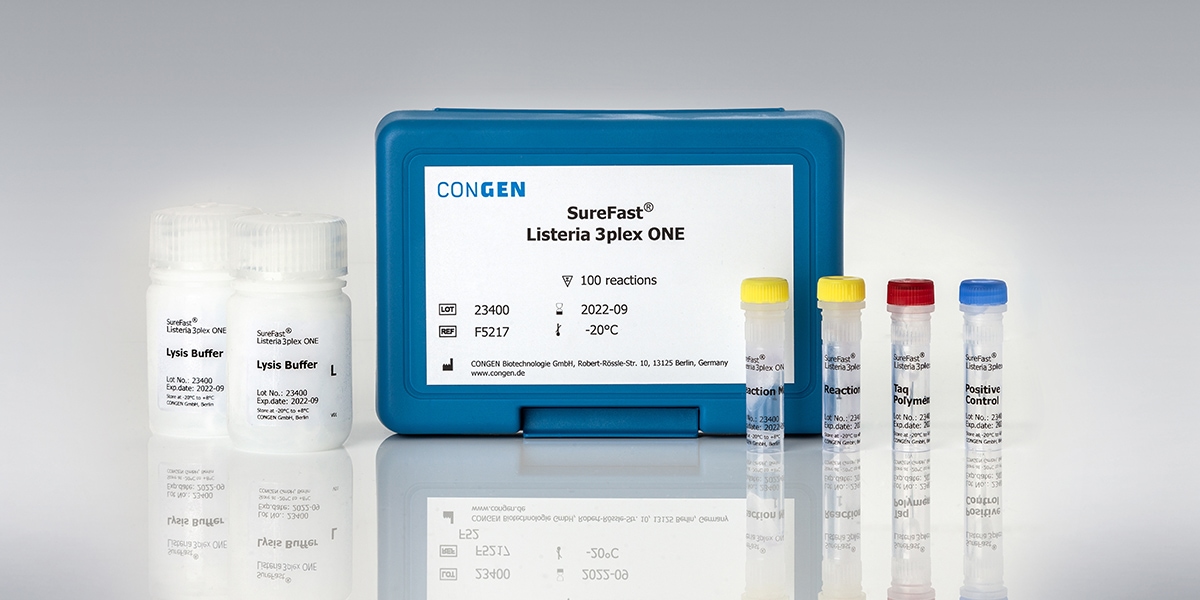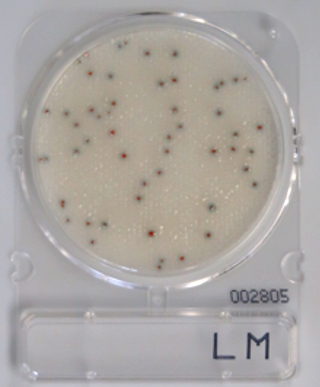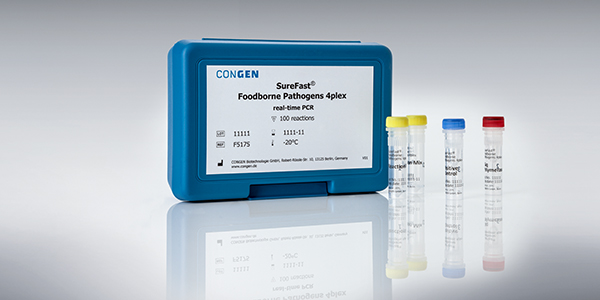
News
Recent news in Food & Feed Analysis
- Home
- /
- Listeria in food: An...
Analytes
Listeria in food: An increasing risk?

Listeria are among the main causes of food poisoning. Recently, there has been an increasing number of product recalls due to Listeria contamination. How great is the risk really?
Bacteria from the genus Listeria are found almost everywhere in nature. They are classified as so-called „dirt germs“, and are widespread in wastewater, soils and on plants. Unwashed fruits and vegetables are therefore frequently contaminated. However, foods of animal origin may also contain Listeria through secondary contamination during processing. Especially raw milk and raw milk products, cheese, mayonnaise, raw sausages, raw minced meat, poultry, cold cuts and raw or smoked fish are affected. It is important to note that Listeria can survive without oxygen and at cold temperatures – and are thus able to grow even in vacuum packaging in the refrigerator.
How dangerous are Listeria?
Listeria – mainly the species Listeria monocytogenes – can cause listeriosis. This infection is harmless to healthy people and often causes no symptoms. However, for infants, elderly people and people with weakened immune systems, listeriosis may cause a dangerous sepsis or meningitis – which often is fatal. Mortality rates are much higher compared to salmonella infections, for instance. Moreover, Listeria infections of pregnant women may cause premature births or miscarriages.
Has the number of Listeria contaminations increased?
On March 31, 2017, Italy reported a recall of smoked salmon due to Listeria. Three days after, Austria warned against Listeria in soft cheese. And only two days later, Listeria were found in smoked ham from Denmark. Recalls seem to increase in number – and indeed, the European Rapid Alert System for Food and Feed (RASFF) has published Listeria monocytogenes notifications more often in recent years:
| 2012 | 2013 | 2014 | 2015 | 2016 |
|---|---|---|---|---|
| 78 | 77 | 105 | 107 | 94 |
Since the beginning of 2017, the RASFF already published 26 notifications regarding Listeria monocytogenes, 15 of them being alerts. The US food authority FDA already lists 15 recalls since the beginning of 2017 as well. Similar to the number of recalls, the number of recorded cases of listeriosis increased since 2008, according to a report by the European Food Safety Authority (EFSA). In 2015, listeriosis affected around 2,200 people, causing 270 deaths – the highest number ever reported in the EU.
How can I protect myself?
To prevent contamination, strict compliance to general hygiene measures is very important. In particular, this includes:
- Wash fruits and vegetables thoroughly. Clean knifes and cutting boards after preparing raw meat.
- Cook meat and fish thoroughly (at least for 2 minutes at 70° C).
- Perform analyses for determining the total Listeria count in order to ensure hygiene in your facility. This involves the use of ELISA or PCR tests as well as culture plates.



